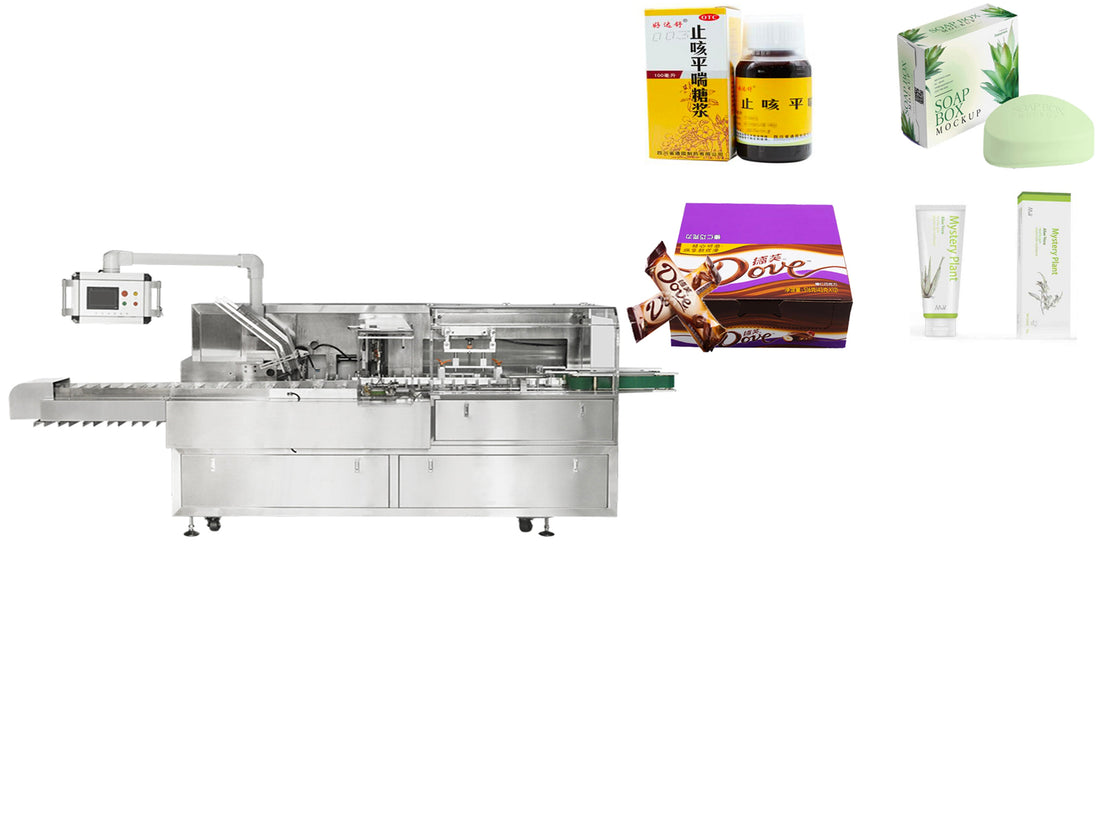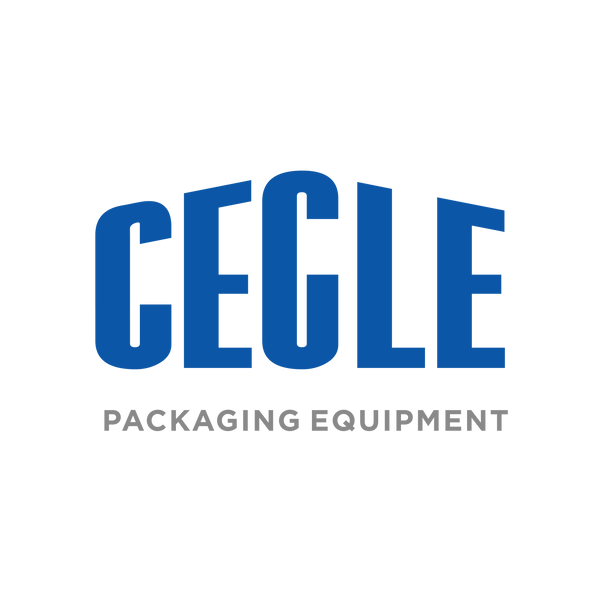
Full-Automatic Cartoning Machine
Share
Full-Automatic Cartoning Machine
A full-automatic cartoning machine is a highly efficient piece of equipment used in the packaging industry.
1. Working Principle
- It operates based on a series of precisely coordinated mechanical and electrical processes. The machine is usually equipped with a conveyor system. Products to be boxed are first fed onto the conveyor through a feeding mechanism. Sensors are used to detect the position and presence of the products. When the product reaches the correct position, the carton-feeding unit starts to work. It takes cartons from a carton magazine (a storage area for flat-folded cartons). The cartons are then opened and formed into their box-like shape. After that, the products are carefully inserted into the cartons. Some advanced models can handle multiple products and place them in specific arrangements inside the carton according to pre-programmed settings. Finally, the flaps of the carton are closed and sealed, usually through gluing or tucking mechanisms.
2. Components and Features
- Conveyor Belt: The conveyor belt is a crucial part. It ensures a smooth and continuous flow of products into the machine. It is often adjustable in speed to match the production requirements. For example, in a high-speed production line of a pharmaceutical company, the conveyor belt can move at a relatively fast speed to keep up with the production pace.
- Carton-Feeding System: This system includes a magazine that can hold a stack of flat - folded cartons. There is a suction or mechanical gripper mechanism that picks up the cartons one by one and then unfolds and forms them. The system is designed to handle different sizes and types of cartons. For instance, it can handle small cartons for cosmetics as well as larger ones for electronic products.
- Product Insertion Mechanism: Depending on the nature of the products, this mechanism can vary. For solid and regular-shaped products like bottles, it may use push-rod type devices to insert the products into the cartons. For more delicate or irregular-shaped products, such as some food items with unique shapes, it may have a more gentle handling mechanism, like a vacuum-assisted or robotic arm-type insertion system.
- Flap-Closing and Sealing Unit: This unit is responsible for folding the flaps of the carton in the correct order and then sealing them. Glue-dispensing systems are commonly used to seal the flaps. In some cases, for cartons that require a more secure seal, additional methods like tape-sealing may also be available.
3. Applications
- The full-automatic cartoning machine is widely used in various industries. In the pharmaceutical industry, it is used to package pills, capsules, and small medical devices. For example, a machine can pack hundreds of pill bottles into cartons per minute, ensuring a high-speed and hygienic packaging process. In the food and beverage industry, it is used to package items such as boxes of chocolates, tea bags, and small bottles of drinks. In the consumer goods industry, it is used to package cosmetics, small household appliances, and toys.
4. Advantages
- High-Speed Operation: It can significantly increase the packaging speed compared to manual or semi - automatic methods. Some high-end models can pack thousands of products into cartons per hour, which greatly improves production efficiency.
- Accuracy and Consistency: The machine ensures that each product is placed and packaged in a consistent manner. This reduces the variation in packaging quality and helps to maintain a high standard of product presentation.
-
Reduction of Labor Costs: By automating the cartoning process, companies can reduce the need for a large number of manual laborers. This not only saves costs but also reduces the potential for human-error-related packaging problems.

